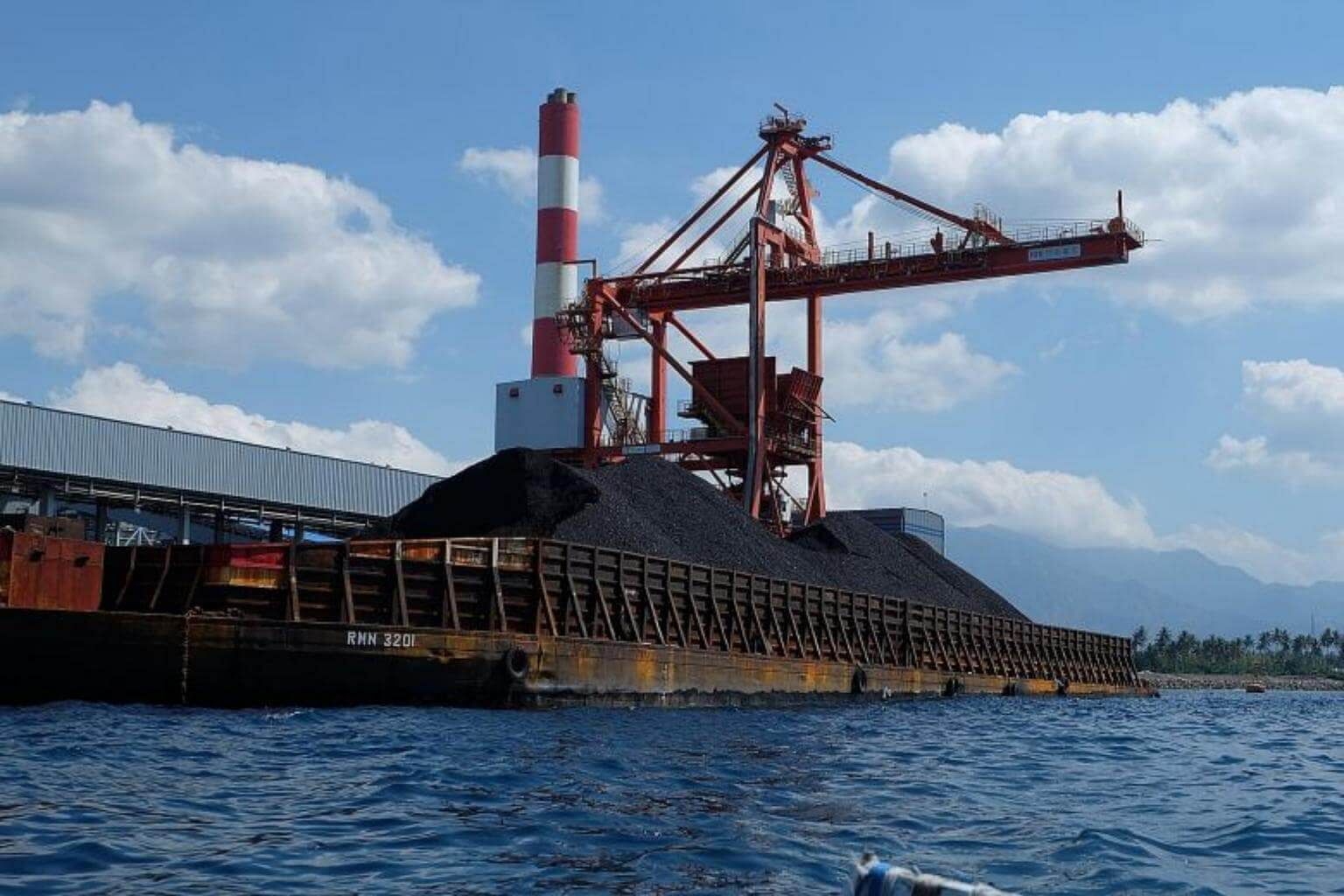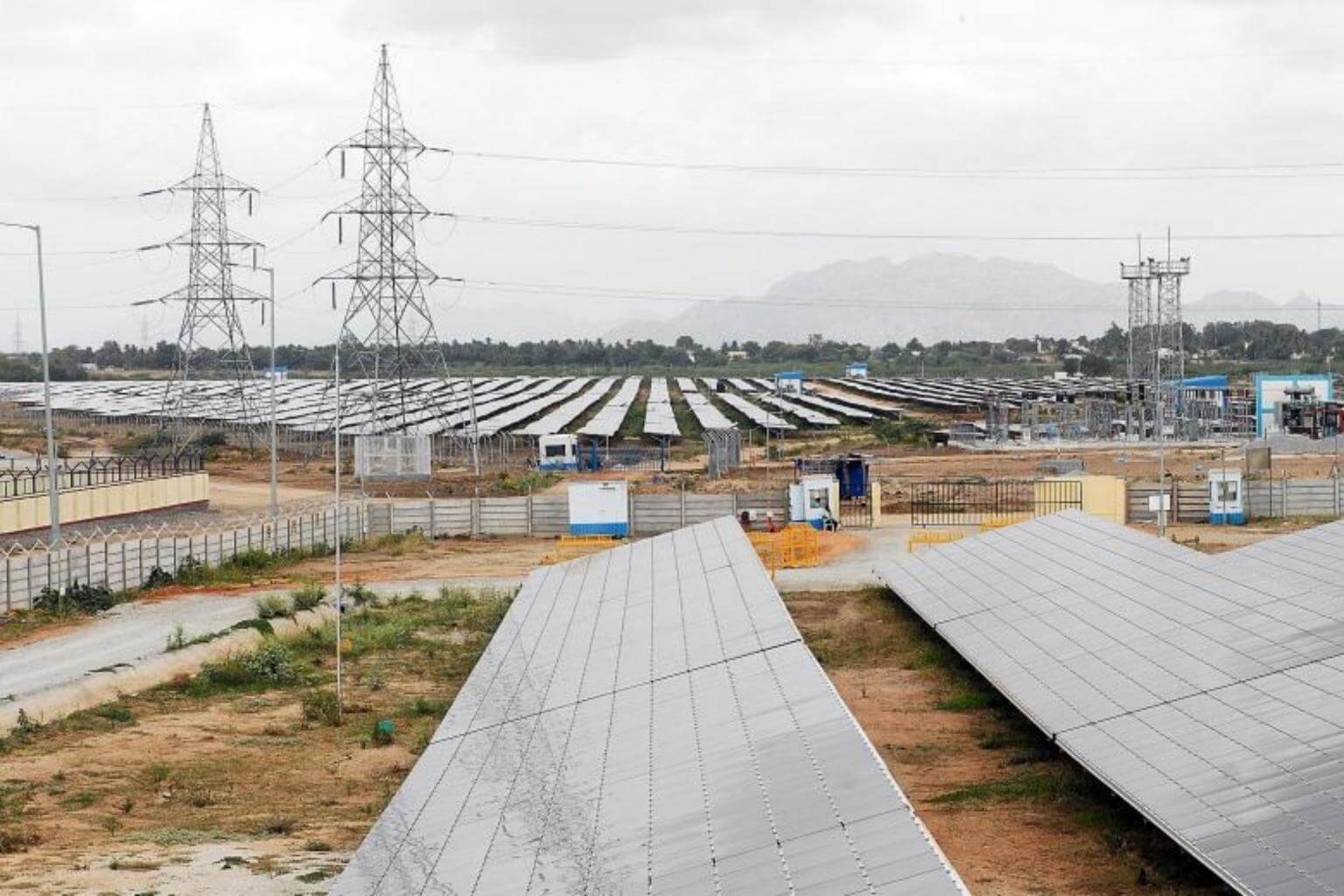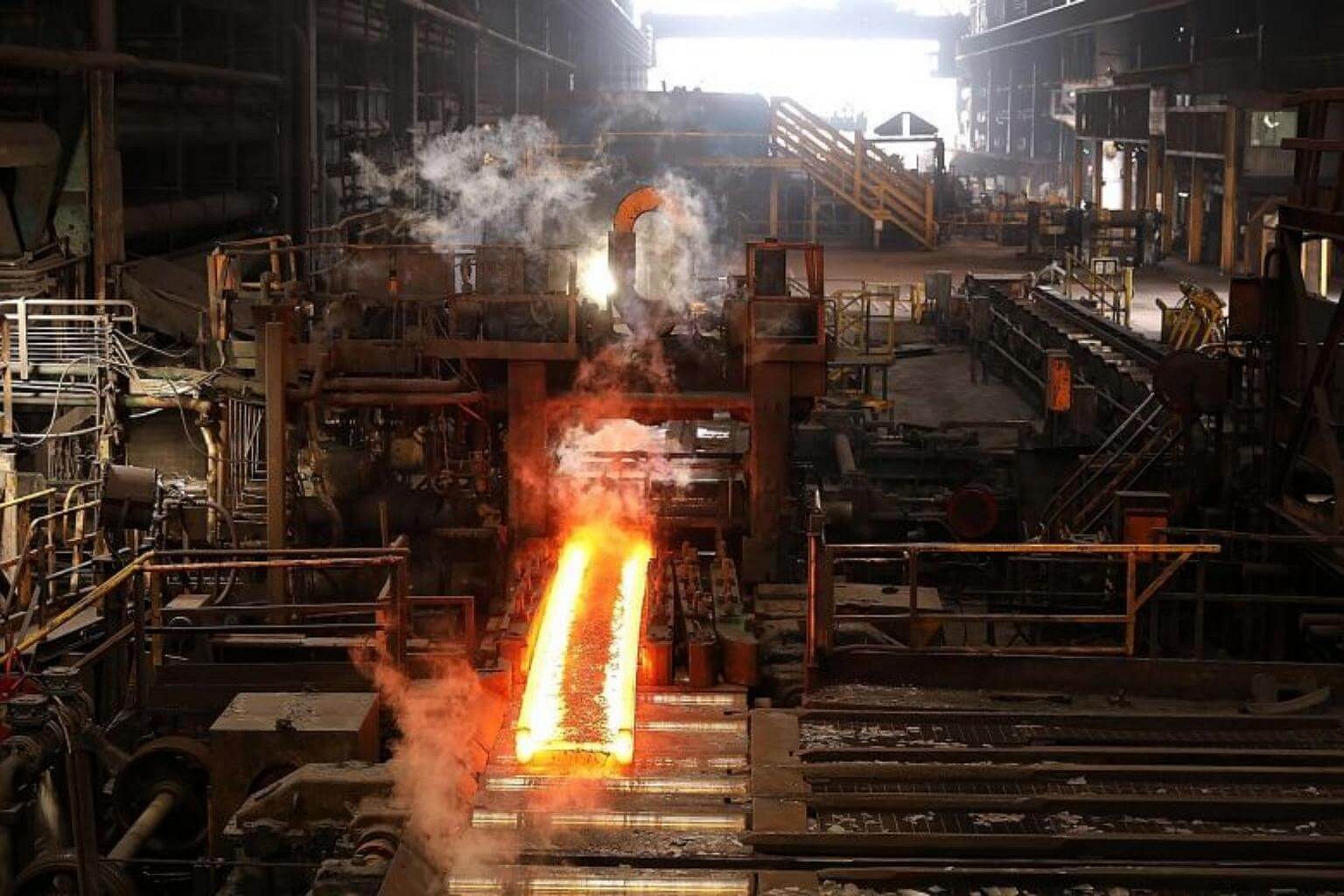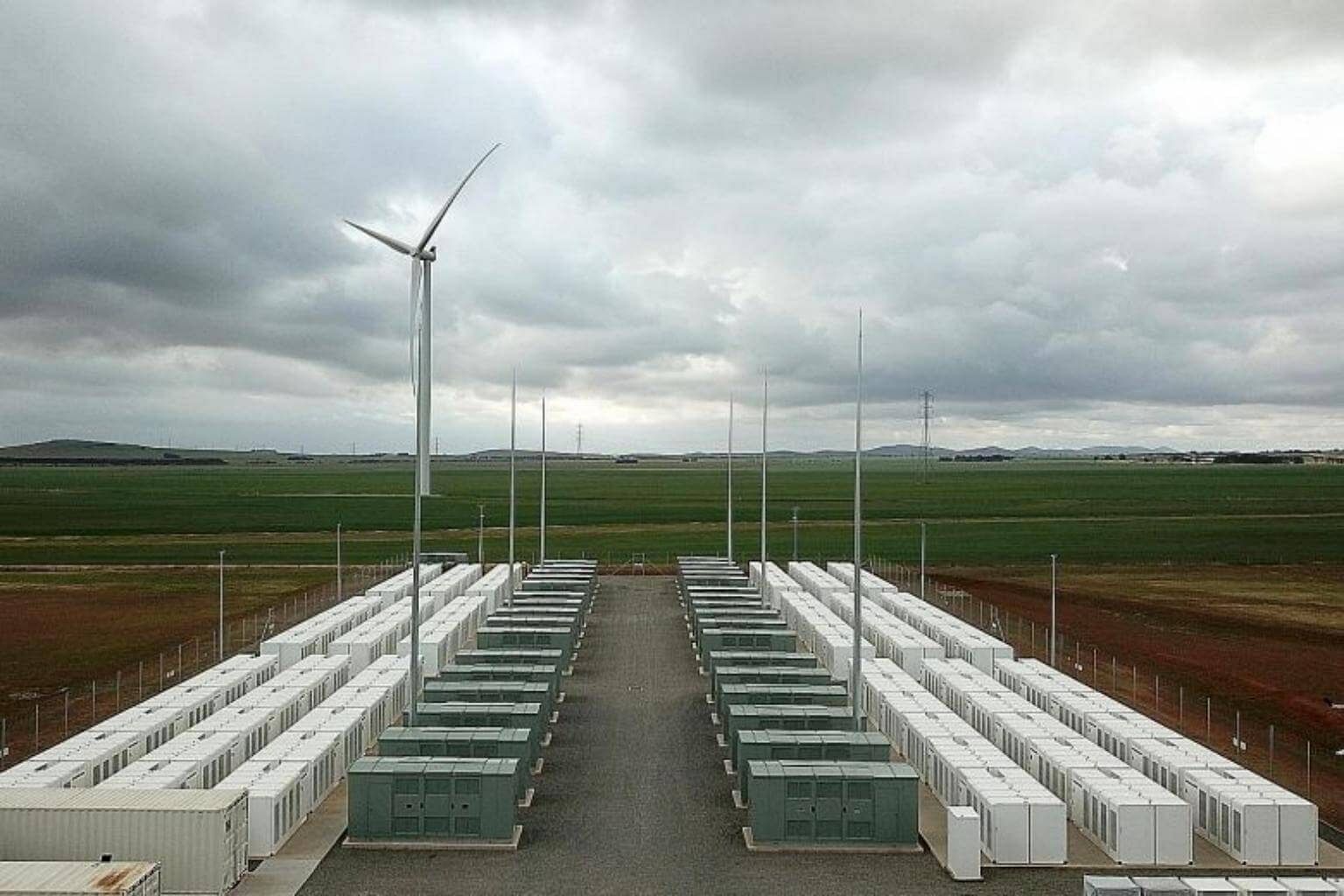Bringing home story of how climate change is playing out around us
These days, the world seems to be given to extremes.
Populists and political hardliners are gaining ground in many countries; the exchanges between trade officials from China and the United States get ever more testy; and then, of course, there are the early-morning, exclamation-mark-laden tweets from the American President himself!
All around us, droughts and floods are getting more severe, while hurricanes and heatwaves hit with greater intensity, wreaking more havoc.
Power struggle

There is a power struggle going on across Asean and how it is resolved could determine the course of climate change in a region ranked as among the most vulnerable to rising sea levels and more extreme weather.
Asean's economies and population are growing and huge investments in electricity generation are needed to fuel that growth for decades to come. Electricity demand is expected to double by 2025 and continue expanding, as poorer members race to industrialise and connect millions of people still without access to electricity.
But the region's power needs have reached a crisis point. Increasingly severe weather disasters, from storms to heatwaves to droughts, are exposing the risks from the region's decision to back coal-and gas-fired power stations to fuel growth. Emissions from the plants will only fuel climate change, the United Nations and other agencies say.
'We're reaching a tipping point'

This is an interview with Mr Tim Buckley, director of Energy Finance Studies, Australasia, for The Institute for Energy Economics and Financial Analysis (IEEFA).
Q: HOW DOES RENEWABLE ENERGY CAPACITY IN ASEAN COMPARE WITH OTHER PARTS OF ASIA?
A: For South-east Asia, 2017 total non-hydro renewable energy capacity was 17 gigawatts (GW), up only 1GW on 2016, which was up 2GW on 2015, according to the latest International Energy Agency's (IEA) World Energy Outlook calculations.
So renewable energy installations in South-east Asia have materially underperformed relative to China, which added non-hydro renewable energy of 70GW in 2017; India, which added 14GW of renewables in 2017; and even Japan, which added 8GW in 2017.
Welcome winds of change in a greening Indonesia

The locals had never seen anything like it. Trucks gingerly navigating small roads as they carried 57m-long wind turbine blades, weighing 20 tonnes each.
The parts had come from Spain and landed at Parepare, a sleepy fishing town in Indonesia's South Sulawesi province. It took some time, but the trucks eventually transported 90 blades to a nearby hilly area called Sidrap.
The end result: Indonesia's first wind farm.
Coal-fired plant generates concern

Villager Mr Bakri is indifferent about whether a coal-fired power plant in his neighbourhood in north Bali should go ahead and expand to more than double its capacity.
The 40-year-old freelance construction worker struggles to make ends meet. He relies on work from neighbours and is more interested in just trying to make a living.
"Some oppose, some support," Mr Bakri said, referring to the expansion plan for the nearby 426MW Celukan Bawang power plant, as he took this Sunday Times correspondent for a ride around his neighbourhood on a ramshackle motorcycle.
Solar farm set to bring bright future to village

The sun's pitiless heat is often thought of as a curse in the village of Pavagada. You can see why. Barren land, littered with rocks and small shrubs, stretches up to the craggy hills on the horizon.
Crop losses here, in one of southern India's worst drought-hit regions, have mounted over the years, forcing farmers to move to cities. Little could be done to turn around the fate of this unforgiving place.
And so it was, until the state government decided to exploit the only resource available in plenty - sunshine - and began constructing a solar power plant in 2016.
Living in the shadow of a coal-fired power plant

Shopkeeper Nguyen Thi Thu feels she is fighting a losing battle. Dust from a nearby coal-fired power plant coats everything and each morning she has to decide if the air is clean enough to dry fish to sell to customers. Often, the air is just too filthy, she says.
Mrs Thu lives in southern Vietnam in coastal Duyen Hai district, Tra Vinh Province. Just across the road is the 4,305 megawatt (MW) Duyen Hai Coal-Fired Power Plant Complex that started operation in 2015 and has since been expanded.
Local residents complain about coal ash from the smoke stacks, as well as dust from coal slag heaps.
Green lease of life for Aussie steelworks

Inside a dark steel mill in southern Australia, Mr Richard Cass watches with pride as the door of a blast furnace slowly grinds open and spits out a fresh slab of flaming steel.
Slowly, the steel rolls back and forth, cooling and elongating into a long plate that will be cut and sent around the world to help construct skyscrapers, railways and other infrastructure.
Mr Cass, 53, has worked for some 38 years at this steelworks, in the small town of Whyalla in South Australia. The plant is the lifeblood of the town: Mr Cass' father emigrated from Leeds to work there, and his brother and his niece are both also employees.
The green vanguard

Lots of sun, plenty of wind and plunging renewable technology costs. As Asean nations seek to rapidly boost power generation to fuel their economies and reduce poverty, it should be boom time for green energy, reflecting the race to go green that is already sweeping China, India, Australia and elsewhere.
Not quite. While hydropower and geothermal projects have captured much of the green power investment interest in the region, wind, solar and battery storage have lagged behind in South-east Asia. A combination of entrenched support for coal-and gas-fired power plants and mega hydropower dams, financing skewed towards older technology plus billions of dollars in subsidies for fossil fuels has made it harder for large-scale investment in wind and solar in Asean to really take off.
Things are slowly changing as costs plunge, protests against coal and gas power plants grow and governments face more pressure to meet climate goals agreed under the Paris Agreement. Pioneers in clean energy development in the region have also helped governments learn about wind and solar project development and finance, laying the groundwork for future developments and expertise.
Elon Musk aboard South Australia's e-bandwagon

Following a severe storm and twin tornadoes on the late afternoon of Sept 28, 2016, the entire state of South Australia - with a population of 1.7 million - suffered a sudden blackout. The so-called "system black" came after the storm damaged high-voltage power lines which led to safety switches being flipped to protect the network.
But the event, which cost businesses an estimated A$367 million (S$364 million), prompted intense debate about the state's energy future. It had already begun a major shift to renewable energy, prompted by high electricity prices and the state's fortuitous abundance of windy plains and sunny days.
Following the blackout, the state continued with its push for renewables but also invited bids to build the world's biggest storage battery as a backup. The contract was won by technology billionaire Elon Musk's company Tesla, which proceeded to construct the world's biggest lithium-ion battery, a 100MW battery farm that can store enough power for more than 30,000 homes.

